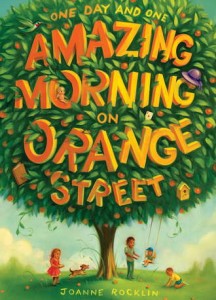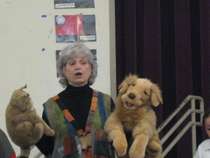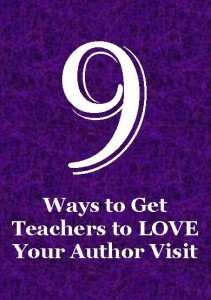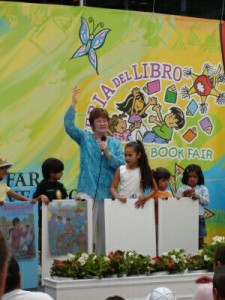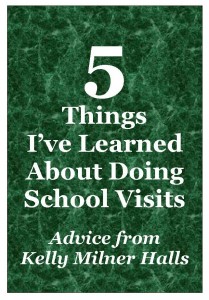 For several years, I didn’t dare do school visits. I was afraid I had nothing of value to offer. So I observed other speakers. I borrowed this thing from one author, that thing from another and prepared. Then I did school visits for free, until I found out if those things worked for me. In time, I had the courage to charge a fee, confident I was now an author visitor worthy of a paycheck. What changed? I learned these five things – and more!
For several years, I didn’t dare do school visits. I was afraid I had nothing of value to offer. So I observed other speakers. I borrowed this thing from one author, that thing from another and prepared. Then I did school visits for free, until I found out if those things worked for me. In time, I had the courage to charge a fee, confident I was now an author visitor worthy of a paycheck. What changed? I learned these five things – and more!
1. Don’t Just Talk — School visit audiences vary from school to school, and class to class. But if you’re meeting with more than ten kids, be sure to offer them large visual aids along with your intellectual concepts. That keeps the kids at the back of the room engaged and helps visual learners to move with you, from speech point to speech point without disruptions.
2. Don’t Depend On Visual Aids ALONE – It’s just as important that you use an engaging speaking style as it is to provide visual stimulus. Never forget – YOU are the rock star of your show. Your visual aids are like your back-up band. Join them together, and anything is possible.
an engaging speaking style as it is to provide visual stimulus. Never forget – YOU are the rock star of your show. Your visual aids are like your back-up band. Join them together, and anything is possible.
3. Remind the Kids YOU Were a Kid Once, Too – When I walk out for my presentations, I get the biggest kick out of the kids’ reactions. Little kids say it out loud.
“You’re old.”
“I know!” I reply with a great big smile. “Who knew a writer could be an old lady?”
That part is obvious. And to a kid, anyone over 16 is OLD, so don’t take it personally. What is not obvious is the fact that you were once a kid, very much like they are. So give them a bridge to the child you once were. Use those over –sized visuals to prove you were little once. Use your personality to prove you’re STILL little, deep inside. That relationship is crucial. BTW, to “old” writers, anyone under 18 is LITTLE, too.
4. Have Fun! Get Sad! Have Fun! –That sounds simplistic, but it’s not. If you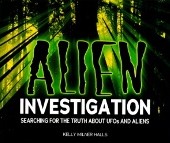 don’t have fun, neither will the kids. If you don’t show the sad side, you’re being dishonest. When they pay you to speak, fun better consider sharing pieces drawn from the whole human spectrum. Tell a joke related to the topics your write about. Spell out the danger that made someone a hero. Admit to something crazy you did to get the story. Tell your truth, whatever it turns out to be. Use age appropriate humor and tragedy the same way a novelist does to hold your audience’s attention and loyalty.
don’t have fun, neither will the kids. If you don’t show the sad side, you’re being dishonest. When they pay you to speak, fun better consider sharing pieces drawn from the whole human spectrum. Tell a joke related to the topics your write about. Spell out the danger that made someone a hero. Admit to something crazy you did to get the story. Tell your truth, whatever it turns out to be. Use age appropriate humor and tragedy the same way a novelist does to hold your audience’s attention and loyalty.
5. NEVER Forget How SMART Kids Are! Kids may not know as much about the planet as you do, but knowledge and intelligence are not the same things. Kids are not stupid, even when they are in kindergarten. They are inexperienced, true. But they can spot fear and falsehood from a mile away. So leave them in your car. Go out there and celebrate that potential by sharing smart, again, age appropriate information. Never talk down to a kid. Don’t patronize or be dismissive. Make a real connection through mutual respect.
 For the past 20 years, Kelly Milner Halls has been writing carefully researched weird nonfiction for young readers across the country — first in magazine and newspaper articles, then in full-fledged books. From monsters to Sasquatch, from aliens to ghosts, Halls is drawn to all things odd, and is proud of it. She makes her home in Spokane, Washington with two daughters, two dogs, too many cats and a five foot rock iguana named Gigantor. She visits schools on a regular basis and will soon star in her own video series for MSN called, “Kelly’s Curiosities.”
For the past 20 years, Kelly Milner Halls has been writing carefully researched weird nonfiction for young readers across the country — first in magazine and newspaper articles, then in full-fledged books. From monsters to Sasquatch, from aliens to ghosts, Halls is drawn to all things odd, and is proud of it. She makes her home in Spokane, Washington with two daughters, two dogs, too many cats and a five foot rock iguana named Gigantor. She visits schools on a regular basis and will soon star in her own video series for MSN called, “Kelly’s Curiosities.”

